- 3265
- 2
Sharing Ideas and Updates on LPG in Nigeria and related information to enable effective collaboration within the LPG Value Chain
NAVIGATING THE REGULATORY LANDSCAPE PART 1: A HISTORICAL OVERVIEW OF NIGERIAN LPG REGULATIONS
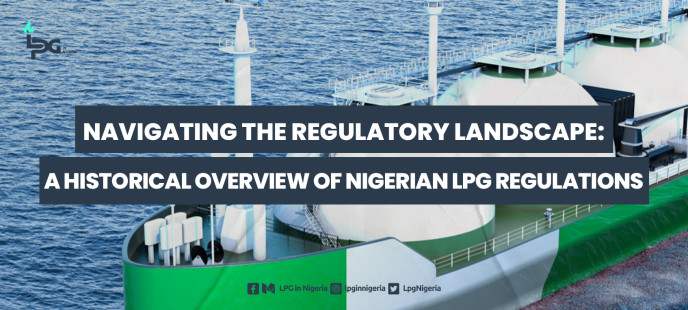
I will be starting a new series that explores the Nigerian LPG regulatory landscape and this is the first part. So let’s dive right in and make sure to comment if you feel I have left anything out or missed anything.
The Liquefied Petroleum Gas (LPG) industry in Nigeria has grown significantly over the years, driven by a rising demand for cleaner energy alternatives. However, alongside this growth, regulatory policies and standards have evolved to ensure safety, quality control, and sustainability within the sector. Understanding the history of LPG regulations in Nigeria is crucial for stakeholders — from consumers to industry operators — to navigate the regulatory landscape effectively.
In this post, we’ll take a closer look at the historical development of Nigeria’s LPG regulations, key milestones, and the ongoing efforts to ensure compliance and safety in the industry.
The Early Years: LPG Usage and Initial Regulations
In the early stages of LPG adoption in Nigeria, regulations were minimal, and the industry was largely unstructured. LPG was primarily used by industrial players, with limited access for residential consumers. During this period, safety concerns around storage, handling, and cylinder quality were not adequately addressed by any formal regulatory body.
The absence of clear policies resulted in a fragmented market with little oversight, leading to issues such as substandard cylinders, poor storage practices, and frequent accidents, which highlighted the urgent need for regulatory intervention.
The Role of the Department of Petroleum Resources (DPR)
A significant turning point in LPG regulation came with the establishment of the Department of Petroleum Resources (DPR) under the Ministry of Petroleum Resources. The DPR was tasked with enforcing safety and operational standards across the oil and gas sector, including LPG. In the late 1990s and early 2000s, the DPR began implementing safety guidelines for LPG operators, covering areas such as cylinder manufacturing, storage, transportation, and distribution. These guidelines aimed to reduce accidents and improve consumer safety by ensuring that LPG infrastructure met basic safety standards.
Introduction of the Nigerian Industrial Standard (NIS) for LPG
The next major regulatory milestone was the development of the Nigerian Industrial Standard (NIS) for LPG cylinders and operations. Spearheaded by the Standards Organisation of Nigeria (SON), the NIS 69:2013 outlined safety requirements for LPG cylinders, including manufacturing specifications, lifespan, and requalification processes.
Key provisions of the NIS include:
1.Mandatory markings on cylinders (manufacturer’s name, country of origin, test pressure, etc.).
2.A 15-year lifespan for LPG cylinders, after which they must be requalified or recycled.
3.Five-year requalification intervals to ensure that cylinders remain safe for use.
4.The introduction of these standards helped improve safety in the LPG sector, ensuring that cylinders sold in Nigeria met minimum quality requirements.
2018: The Nigerian Gas Policy
A pivotal moment in Nigeria’s energy transition came with the introduction of the Nigerian Gas Policy in 2018. This comprehensive policy aimed to transform Nigeria into a gas-based economy by encouraging the use of gas in households and industries. The policy specifically highlighted the importance of expanding LPG usage to reduce dependency on kerosene and firewood, which are harmful to both human health and the environment.
Key regulatory focus areas of the policy included:
a.Promoting LPG as a cleaner alternative energy source.
b.Encouraging private sector investment in the LPG value chain.
c.Ensuring compliance with safety and quality standards.
2021: SON's Public Alert on Expired LPG Cylinders
In 2021, the Standards Organisation of Nigeria (SON) issued a public alert addressing concerns about expired LPG cylinders. The alert clarified misconceptions about how to determine cylinder expiration dates and reiterated that LPG cylinders in Nigeria have a 15-year lifespan from the date of manufacture. SON also reminded the public that all LPG cylinders must be requalified every five years to ensure continued safety. The alert was a response to rising accidents involving expired and substandard cylinders, emphasizing the need for regular maintenance and proper recycling.
Recent Developments: NMDPRA and the Push for Safety Compliance
In 2021, the Nigerian Midstream and Downstream Petroleum Regulatory Authority (NMDPRA) was established as part of the Petroleum Industry Act (PIA). The NMDPRA took over the regulatory functions previously handled by the DPR, including oversight of the LPG sector.
The NMDPRA’s mandate includes:
1.Licensing LPG operators.
2.Monitoring compliance with safety regulations.
3.Promoting investments in gas infrastructure.
In recent years, the NMDPRA has made efforts to increase awareness about safety in LPG handling and distribution. The agency has also focused on ensuring that operators adhere to standards for cylinder manufacturing and requalification, as well as addressing the illegal refilling and distribution of substandard cylinders, which remain a significant concern.
The Road Ahead: Strengthening LPG Regulations in Nigeria
While significant progress has been made in regulating the LPG industry, challenges remain. These include:
Enforcing cylinder requalification and recycling.
Addressing illegal refilling and distribution practices.
Educating consumers on safety practices.
There is a growing call for dedicated recycling and requalification centers to handle expired and damaged cylinders, which would help reduce safety risks and environmental hazards.
The regulatory landscape is expected to evolve further as the Nigerian government continues to promote LPG adoption as part of its energy transition goals. Strengthening enforcement mechanisms and increasing collaboration between regulatory agencies, industry players, and consumers will be essential to ensuring a safe and sustainable LPG sector.
The evolution of LPG regulations in Nigeria reflects the country's efforts to ensure safety, promote cleaner energy, and support its energy transition goals. From the early days of minimal oversight to the establishment of comprehensive standards, Nigeria’s regulatory framework for LPG continues to evolve to meet growing demands and address safety concerns. However, for the industry to achieve its full potential, there is a need for greater enforcement of existing regulations, public awareness campaigns on cylinder safety, and investment in recycling infrastructure. Navigating this regulatory landscape requires ongoing collaboration between regulators, operators, and consumers to build a safe, efficient, and sustainable LPG industry in Nigeria.
Let’s hear your opinion in the comments and don’t forget to share. It helps us with a wider reach. Also, visit the marketplace and check for prices on the platform.
2 Comments.
-
-

Oluwabukola Jimoh
20 January 2025 - 04:14amThere are laws against these acts but I think they should be enforced more.
Reply
-

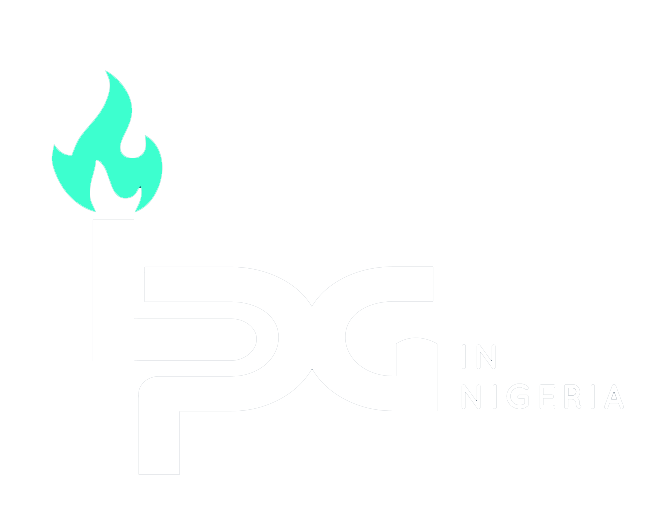


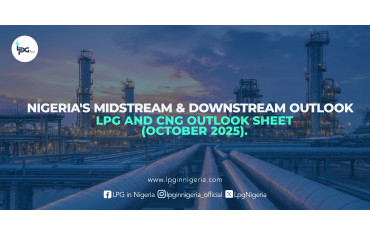
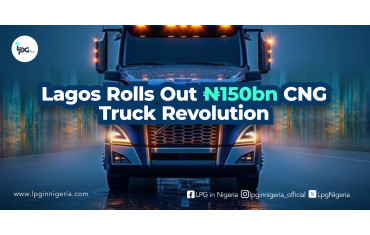
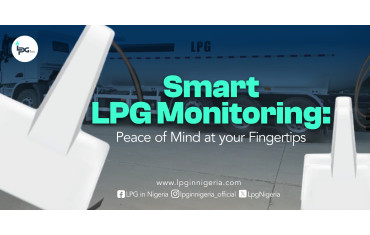
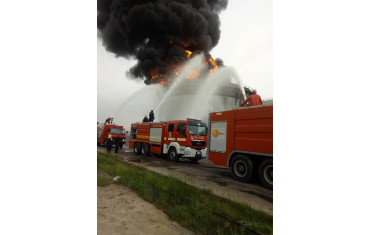
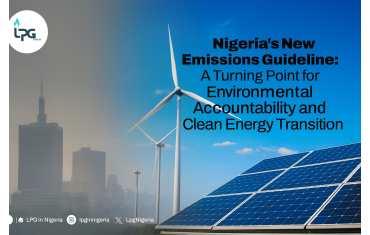
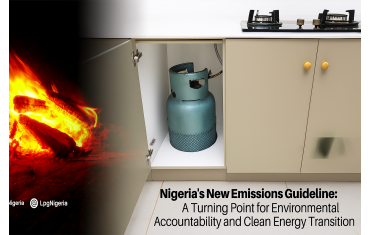
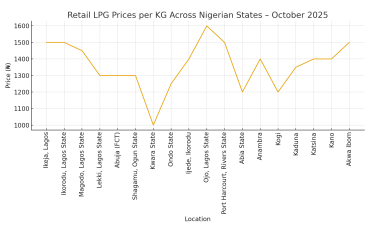
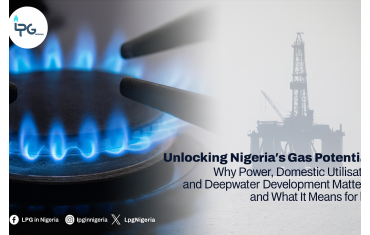
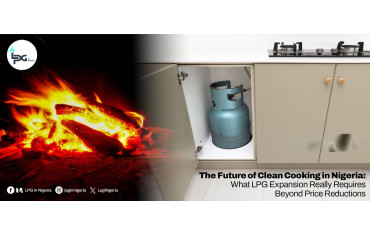
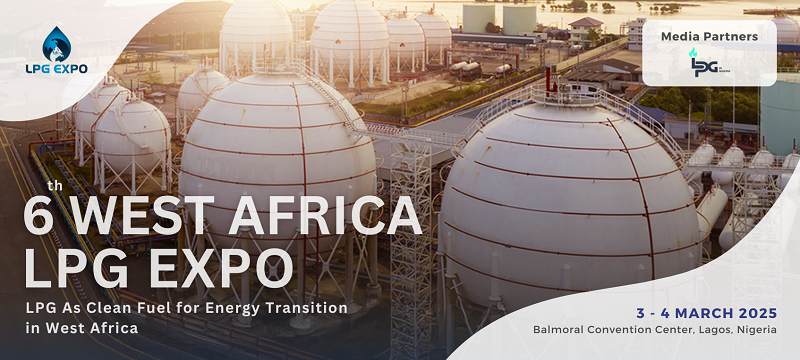

Walter
17 January 2025 - 05:54amWhat is NMDPRA plan to stop those people that refills LPG in shops around densely populated area, why can't they make law against it and enforce the the law because is very dangerous.
Reply